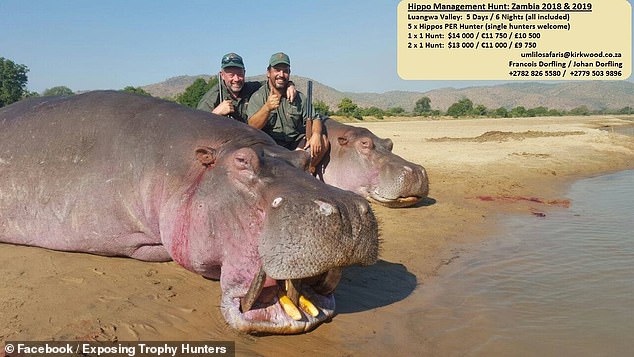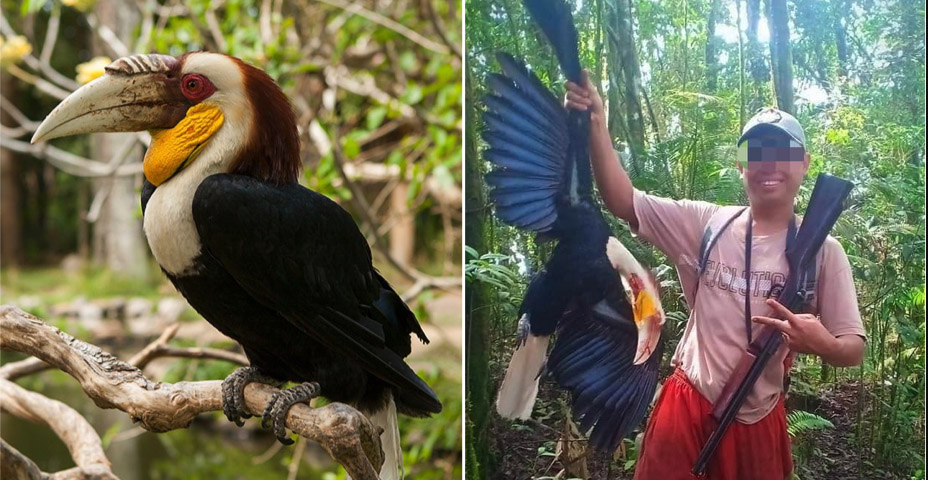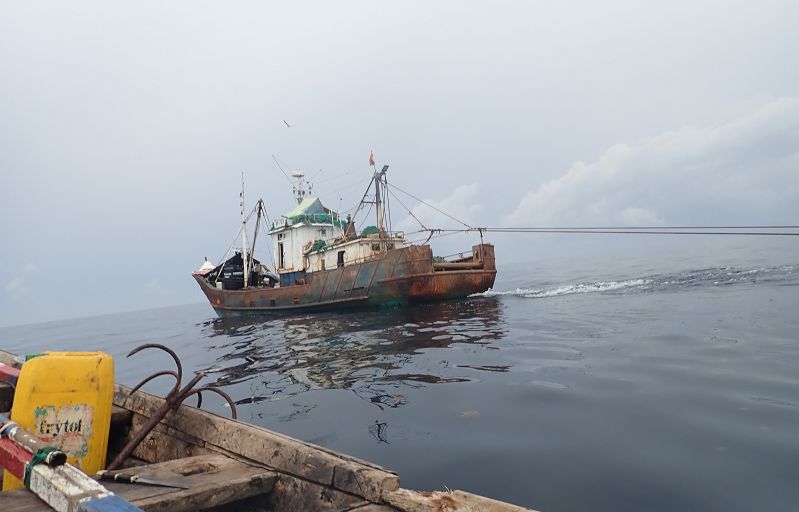
On Tuesday the 5th March at 9 am, Anthony Fouche of Gansbaai documented the carcasses of eight large bronze whaler sharks at Die Plaat, Gansbaai. The Dead Bronze Whaler Sharks Litter The Shores Of Gansbaai, South Africa
The Dyer Island Conservation Trust (DICT) / Marine Dynamics team were notified in the late afternoon and made their way down to the site to collect them. The bronze whaler poses no threat to humans and are one of the many stars of the sardine run.
On arrival, the team found three of the eight dead sharks. It is assumed that the rest were taken away to be sold, as the bronze whaler is a commercially fished species.
Fishing matters are often complicated and the bronze whalers are in fact a commercially fished species (sadly) but this was a case of bycatch that was discarded. Even though bronze whalers are generally regarded as low value there is a market for both their meat and fins for export in South Africa.
Of the three shark carcasses left on the beach, the DICT team were able to confirm that all were reproductively mature, measuring around 3 meters each. One was a heavily pregnant female with the tail of a pup expelled from her cloaca.
Pregnant female shark
The team removed the pup and decided to open the mother shark to attempt to save any other remaining pups. Another 13 full grown shark pups were found, likely just days away from birth, but unfortunately all the pups were deceased due to the extent of time the shark had been dead.
Bronze whaler sharks do not reach maturity until approx. 20 years old and this information is important as it supports the fact that the Walker Bay waters, similar to False Bay, are being utilised as feeding areas for pregnant sharks and even possibly a nursery area for this IUCN near threatened species. Another pregnant female carcass washed up in Walker Bay on the morning of the 7th.

The bronze whaler shark (Carcharhinus brachyurus), also known as the Copper shark, is a frequent visitor to the Western Cape coast specifically in summer months when small pelagic fish such as sardine and anchovy are most abundant.
Entangled in fishing nets of the purse seiners
These sharks were likely entangled in the nets of the purse seine vessels while catching anchovy in Walker Bay. Some sharks had gaff marks on their tails, a hook-like boat tool that would be used to pull these sharks from the nets. During the week, up to 30 vessels were fishing in the region.

Shark eco-tourism
“The bronze whaler shark has been visiting shark cage diving vessels over the last few years, in the absence of great white shark presence, and has enthralled international tourists with their active group behaviour.
Shark eco-tourism is a non-consumptive industry where the economic value of live sharks is worth more to South Africa than fishermen can make from a dead shark,” says Wilfred Chivell, founder of the Dyer Island Conservation Trust and CEO of Marine Dynamics, based in Gansbaai.
The shark carcasses will be necropsied by the DICT team and samples will be shared for various scientific projects on the species including genetic and diet studies.
All Images: Hennie Otto, Marine Dynamics/ Dyer Island Conservation Trust ©
Video Footage by Anthony Fouche
Source: ZigZag.Sa





